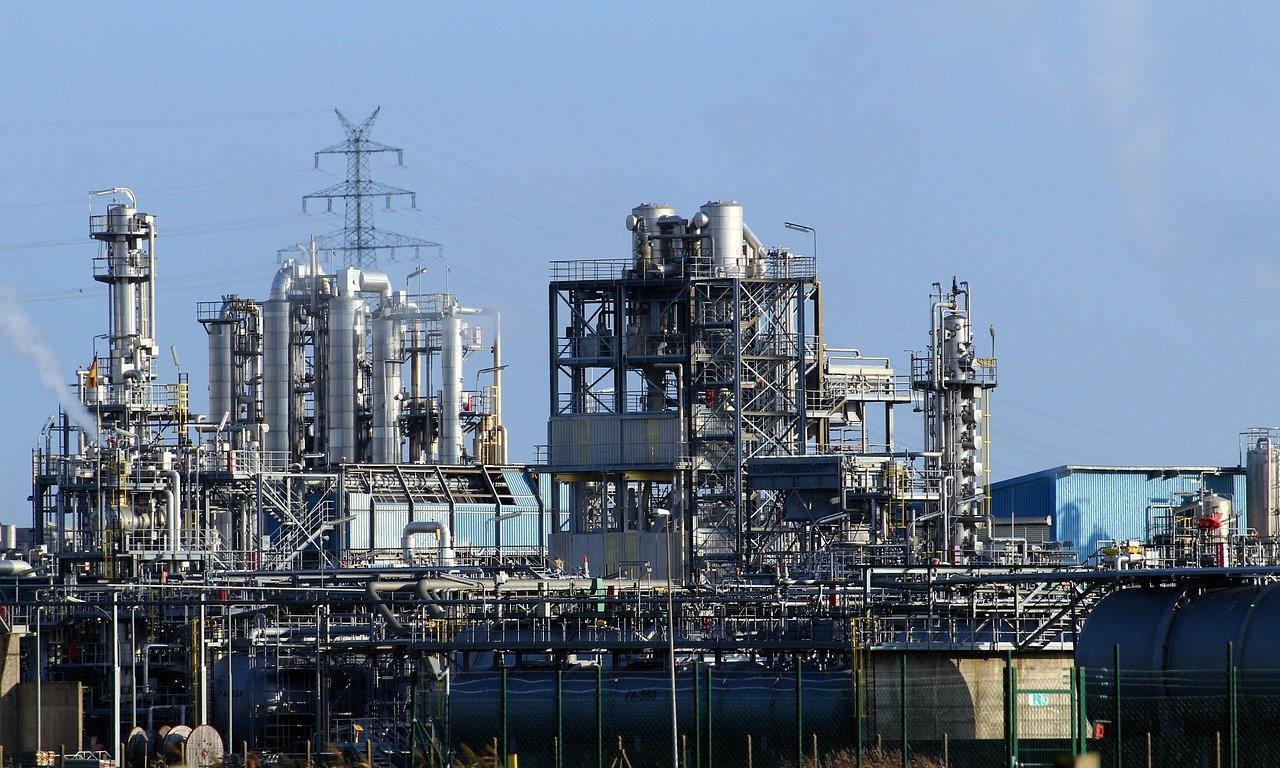
The Industrial Gas Industry is Good for America
The industrial gases industry is responsible for supplying critical products to industries that account for 25% of America’s Gross Domestic Product and itself employs over 60,000 workers in the manufacturing, sale and transportation of these gases.
These gaseous materials are manufactured for use in many great industries including oil and gas, power, steel, food, pharmaceuticals, medicine, electronics and many more.
The principal gases supplied are:
- Nitrogen
- Oxygen
- Carbon dioxide
- Argon
- Hydrogen
- Helium
- Acetylene
The global industrial gas market itself was $87 billion in 2019, and is estimated to grow at a rate of 5.5% for the next eight years. Increased industrialization worldwide and the application of gases in industries such as healthcare, metals and mining, and food and beverage are further expected to expand the industrial gas market in the coming years.
Healthcare Industry
Supporting the treatment and care of patients, industrial gases are a vital part of our health care industry. In most countries, healthcare accounts for 10% of a nation’s entire economy.
Oxygen is widely used and a few medical issues that it helps with are COPD, carbon monoxide poisoning, and respiratory arrest.
Carbon Dioxide is used in surgeries like laparoscopy, arthroscopy, endoscopy, and cryotherapy.
Medical Liquid Nitrogen is used to remove some cancers and skin lesions. The pharmaceutical industry uses this gas in the manufacture of medications.
Nitrous Oxide is used in numerous surgical procedures as both an anesthetic and pain reliever.
Automobile Manufacturing
Gases support the $500 billion American automobile industry and are used in a number of different ways in the manufacturing process.
Nitrogen is inflated into tires to increase tire life. It is also used to provide an inert atmosphere in the soldering process that produces high quality electronic parts.
Argon makes it possible for your car’s air bags to rapidly inflate.
Argon, carbon dioxide and helium are used in the assembly process to ensure precise and secure welds.
Xenon is used in your car’s head lamps.
Argon and nitrogen are in the automobile’s indicator lamps.
Petroleum Industry
Hydrogen is used by refineries to lower the sulfur content and produce cleaner-burning fuel from increasingly impure crude oil amid more stringent sulfur-content regulations and tightening environmental standards.
Steel Manufacturing
Steel is an essential product for the automotive, construction and defense industries and the U.S. produces the fourth most steel in the world behind China, Japan and India. The steel industry produced goods valued at over $100 billion and the industry employs 140,000 workers.
Oxygen is a primary raw material for making steel.
Argon with oxygen is used to make stainless steel.
Acetylene can produce a flame temperature of 5,700° Fahrenheit and is used for welding and metal cutting.
Argon is used as a shielding gas for the electric arc in welding.
Nitrogen is used in heat-treating and metalworking for metal sheeting, rods, wires, and castings.
Food and Beverage Industry
Industrial gases are widely used in the American food and beverage industry which is a $6 trillion industry and growing. Gases are used to achieve freshness, enhanced visual appeal and longer life. Gases are often used at the production stage while freezing and packing, while cooling during the mixing process and in the carbonation of beverages.
Nitrogen is used in the packaging process to displace oxygen in packaged foods to prevent bacteria and mold from forming.
Carbon Dioxide helps maintain the freshness and flavor of beverages, especially in alcoholic drinks. It prevents unwanted oxidation and premature fermentation in the production of beer and wine.
Electronics Manufacturing
The $300 billion electronics industry that produces televisions, computers, semiconductors, integrated circuits relies on industrial gas as a key part of the manufacturing process.
Oxygen is used for the oxidation of silicon, a critical process in the manufacturing of semiconductors.
Nitrogen is a key part of manufacturing electronics because it can displace oxygen in the soldering (joining metals together) process. If oxygen interacts with a solder, it can compromise its integrity. Nitrogen is “placed” over the circuit board eliminating the presence of oxygen and thus ensuring that a strong solder is made.
When looking for a trusted industrial gas supplier with great customer service, our experts at Air Source Industries are more than happy to help you with your gas needs. For a quote on industrial gases, please call (562) 426-4017 or request a free quote by clicking “Get a Quote.”
Sources:
https://en.wikipedia.org/wiki/Industrial_gas
https://www.grandviewresearch.com/industry-analysis/industrial-gases-market
https://www.americanchemistry.com/Essential-to-US-Manufacturing-Health-Care-Domestic-Energy-Production-and-Energy-Efficiency.pdf
https://www.chthealthcare.com/blog/5-common-med-gas
https://en.wikipedia.org/wiki/Healthcare_industry
https://www.linde-gas.com/en/industries/mobility_and_transportation/automotive/index.html
https://www.lindeus.com/industries/automotive-and-transportation/parts-manufacturing
https://www.rockymountainair.com/blog/atmospheric-gases-food-beverage-industries/
https://www.statista.com/topics/1660/food-retail/
https://www.messergroup.com/food-gases#:~:text=Longer%2Dlasting%20quality%2C%20visual%20appeal,used%20at%20the%20production%20stagev.
https://www.freedoniagroup.com/industry-study/industrial-gases-2460.htm
https://www.eia.gov/todayinenergy/detail.php?id=24612
https://www.siad.com/products/specialty-pure-and-very-pure-gases/semiconductor-gases

